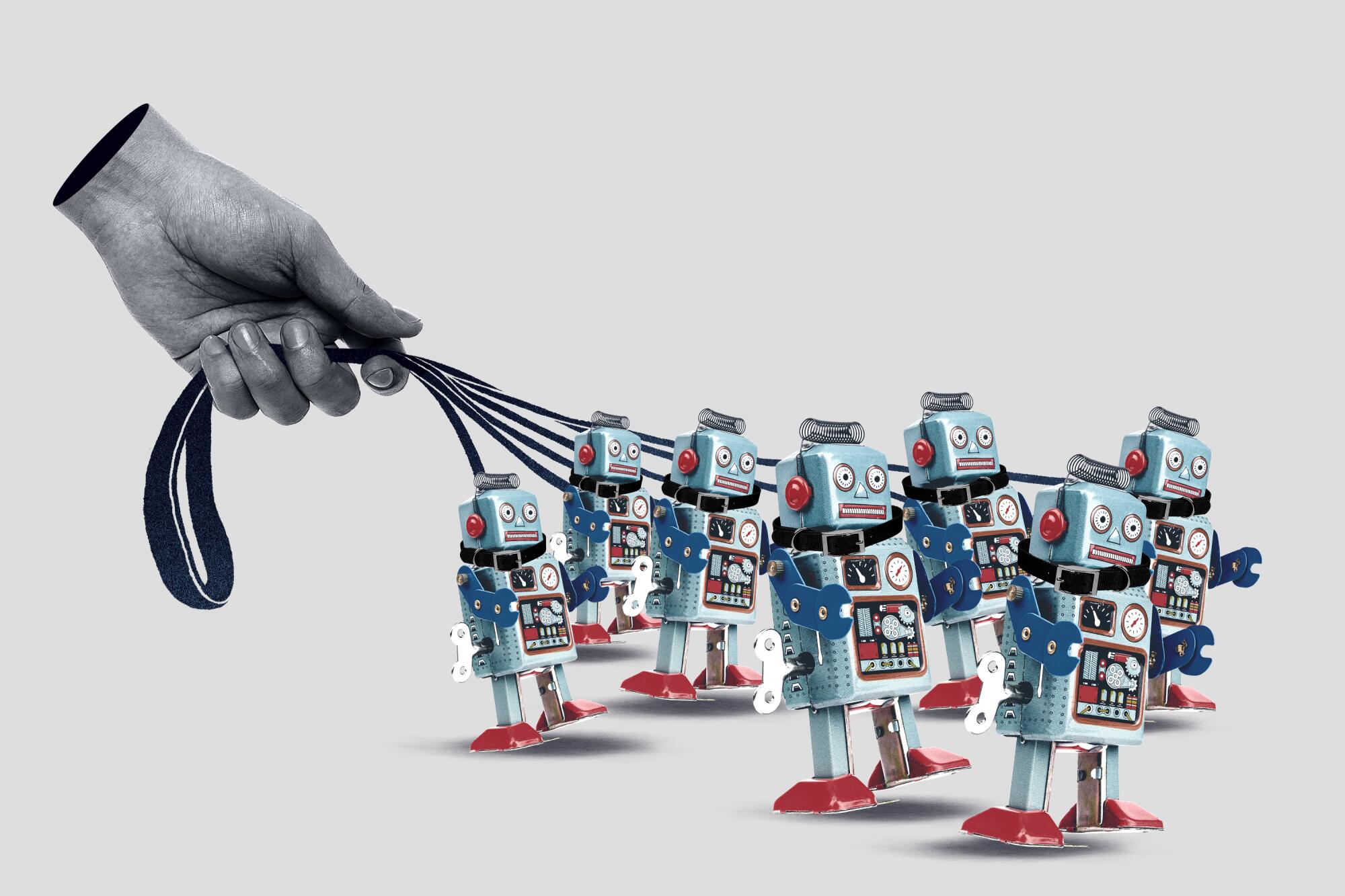
Workforce scheduling is the cornerstone of efficient business operation in every sector that uses hourly personnel. Additionally, this schedule must be adequate to account for last-minute changes like late reporting for work and unexpected absences, among other things. However, workforce scheduling can be easier thanks to the development in scheduling automation and the expansion of apps available to manage scheduling massive workforces.
What is workforce scheduling software?
Establishing your present hourly staff’s schedule to manage the anticipated volume of work in your company is known as workforce scheduling—factors like staff productivity, skill, and availability influence the workforce scheduling process.
In some industries, high seasons may influence workforce scheduling. These include rising customer traffic in the restaurant and retail sectors, a rise in the likelihood of accidents and consequent hospital visits around particular holidays, unexpected problems in manufacturing or construction, and a rising need for call centers.
Workforce scheduling software is a form of a workforce management application that aids in planning and streamlining personnel schedules for businesses. The software can manage time-off requests and vacation schedules and develop and track staff shift patterns. Companies can use the technology to estimate future personnel needs and budget labor costs.
The workload fluctuates regularly in dynamic sectors (as in most of those that employ hourly workers); thus, it’s crucial to have an automatic scheduling system to deal with these variations.
It is often simple to build and alter employee schedules using drag-and-drop software for workforce scheduling. The program may keep track of an employee’s availability, requests for time off, and travel schedules. Workforce analytics and labor cost projections are additional services that certain workforce scheduling software provides.
Its key features
Labor forecasting
Based on historical and real-time data on the patterns in peak traffic times and the availability of labor, AI-powered workforce management software provides insights into the number of required workers. This data then predicts how many workers are needed at any given time in a specific industry.
Time tracking
The software monitors the amount of time an employee spends working. So you can better track overtime and spot circumstances that lead to understaffing or overstaffing.
Shift swapping
The program can provide employees with access to their schedules and make it easier for them to switch shifts with other workers should the need arise, such as in an emergency. As a result, there are fewer chances of income loss and absenteeism, which keeps the work from suffering.
Custom reports
Any workforce manager who has had to create a report or a worker’s schedule on a spreadsheet is aware of the convenience that an automated, customizable report can provide. A decent workforce management software will allow you to select the metrics you wish to track, such as the number of absences every quarter, the number of shift swaps a specific employee does in a given week, or the pattern of increased customer traffic at your establishment during a particular season.
conclusion
The operational problems managers have when maximizing labor management can now be automated thanks to advancements in workforce scheduling software. AI-powered solutions can also manage heavy workloads, forecast demand with changing seasons, and optimally plan shift workers’ schedules.





